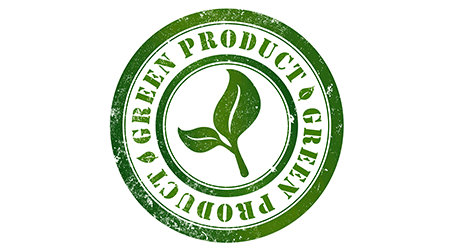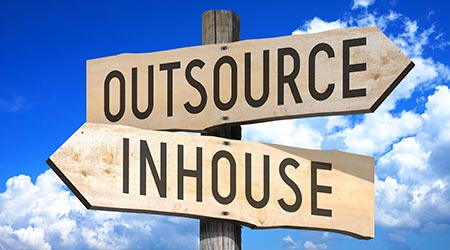
How To Select Green Building Products
June 18, 2018
As the spring trade show season wraps up this month with the NeoCon, AIA, and BOMA shows, it’s important to keep in mind lessons learned from those and other shows: That green product selection is still critical to creating a truly sustainable, high-performance building. In an ideal world, high-performance buildings would always be made of high-performance building products.
But what does high-performance building product mean? A roof that lasts longer than its competition? A more energy-efficient chiller? A paint that does not off-gas? A flooring product with a particular green certification?
Especially in the last several years, with the advent of LEEDv4 and now LEED v4.1 — which in the O&M rating system includes a new credit simply titled Purchasing that encompasses several other previous credits — and their new credits for selecting building products, the already strong opinions about what defines a high-performance building product have gotten stronger — and louder.
But whether or not you are pursuing LEED certification, selecting green building products means incorporating the priorities of your organization into the specification criteria. If the organization is worried about its supply chain and, therefore, the raw materials and embodied energy in products, then those two criteria will be part of your high-performance definition. You’ll probably want to consult a Red List of chemicals, such as that provided by the Living Future Institute, to ensure nasty chemicals don’t making their way into your facilities.
If your organization is inventorying its greenhouse gas emissions, as part of that, you need to calculate the emissions required for products entering its facilities. In that case, finding that information will be a priority. For many organizations, stalwarts such cost and performance are the hallmarks of high-performance. That’s fine, too.
More resources are available these days to help facility managers make informed decisions about. Environmental Product Declarations (EPDs) and Health Product Declarations (HPDs) for a while — so-called nutrition labels for building products — help managers compare different product criteria.
EPDs and HPDs had been the victim of the question, “wWhich comes first, the chicken or the egg? Manufacturers weren’t subjecting their products to be tested and certified for EPDs because no one in the industry was asking for them, and no one in the industry was asking for them because they understood that few manufacturers had them available.
That problem is resolving quickly because LEED now offers points for collecting EPDs and HPDs for building products. All you need to do find out how quickly this has changed is to stroll through a building products exhibit hall these days. You might be surprised by the number of manufacturers that make EPDs and HPDs available. As a result of this change, many more in the industry — both architects and end users — are incorporating this criterion into their product selection process.
This Quick Read was submitted by Greg Zimmerman, executive editor, Building Operating Management. Read his cover story profiling Northwestern University’s vice president of facilities management, John D’Angelo.
Next
Read next on FacilitiesNet












